Shandee Blackburn murder: Crime scene evidence routinely destroyed
Potentially crucial forensic evidence from Queensland crimes was routinely discarded for more than a decade, ruining the chance of retesting and worsening the biggest forensic disaster in history.

Potentially crucial forensic evidence from Queensland crimes was routinely discarded for more than a decade, ruining the chance of retesting and worsening the biggest forensic disaster in history.
Shandee Blackburn’s mother is now pressing for answers about whether her murdered daughter’s fingernails, which might have yielded traces of her savage killer, have been destroyed under the policy of discarding forensic evidence.

The destruction of original samples from fingernails, cigarette butts, chewing gum and other items from 2010 to 2022 is revealed in a Queensland Health submission to a second commission of inquiry into the state’s DNA lab.
Samples from toothbrushes, straws, stamps and envelopes in the same period have also been destroyed.
The submission reveals a total of 131,323 samples were processed with a flawed DNA extraction system, confirming The Weekend Australian’s reporting on the vast scale of reviews and retesting that will have to be undertaken.
In Ms Blackburn’s case, 47 samples were processed using the failing automated system, according to a report prepared for the Sofronoff inquiry by New Zealand DNA expert Jo Veth.
These include one from a fresh pool of blood in which the lab could detect no DNA, and samples from fingernail clippings from Ms Blackburn’s hands.
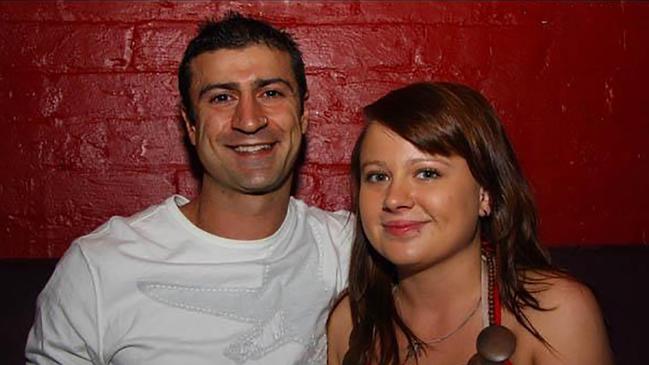
The system was also used on 12 samples from the car of Ms Blackburn’s former boyfriend John Peros that tested presumptively positive to blood, and were labelled blood by a police scientific officer, but had no DNA so were ruled out as being blood.
Mr Peros denies any involvement in Ms Blackburn’s stabbing murder in 2013 in Mackay.
All of the samples will now need to be retested.
However, the practice of discarding select sample types raises the possibility the lab would have destroyed original samples from Ms Blackburn’s fingernail clippings.
Since May 31, 2010, Queensland Health had routinely discarded “substrates”, or the original crime scene samples, of specific items.
The practice only stopped when a “no destruction” notice was issued ahead of last year’s DNA inquiry led by retired judge Walter Sofronoff KC, the department’s submission states.
The substrate is what is left after DNA is extracted from a crime scene sample, and it is this that now needs to be retested because Queensland’s lab was systemically failing to recover DNA.
Shandee’s mother Vicki Blackburn told The Australian on Sunday that she had not been aware of the practice of evidence destruction. She wants urgent confirmation about what happened in Shandee’s case.
“It’s disgusting that we find out about this possibility now,” she said. “After everything that we have been through, we deserve to know – all of us (victims of crime), not just for Shandee.
“I did not know this (destruction) was a possibility. This whole thing has been kept under wraps for so long and only now are we hearing this for the first time.
“Why would they destroy fingernails? It’s another thing they’ve kept quiet about. It just never stops. It has made me more determined.”
Independent forensic biologist Kirsty Wright said that under normal circumstances it would not be an issue for original samples to have been discarded, as the lab would still have DNA extracts.
“But we know the extract is a dud. The lab does not have good quality extract to go back to,” Dr Wright said.
It was probably unlikely DNA profiles could have been obtained from the original samples, “but by destroying them it means there’s no chance”, she said.
Dr Wright added: “For these samples there is only the DNA extract to go back to, which is unlikely to produce results.
“So, yes, there may not be any viable evidence left for these samples, which is horrible.”
Queensland Health warned retired judge Annabelle Bennett SC’s inquiry that on top of the systemic destruction of crime scene evidence, further samples may have been “discarded in error” or completely used up.
“Retention is dependent on the original sample type and is also impacted by whether the sample is fully consumed during the DNA extraction process,” the department stated.
Queensland Health had no idea how many samples were still available for testing, or the number of criminal cases affected.
“A breakdown of these sample types may be possible by making a data request,” it stated.
All other types of original samples were routinely retained, the Queensland Health submission states, allowing retesting of those.
Dr Wright confirmed: “All other substrates including swabs, tape-lifts, fabric have been kept.”
All DNA extracts taken from the original crime scene samples have also been retained, but the senior lawyer assisting the inquiry, Andrew Fox SC, has said these will not help.
“There is no dispute that the samples themselves will need to be retested, not the extracts,” Mr Fox said in his closing submissions on Friday.
The automated DNA extraction system was failing from its launch in October 2007 and there was no evidence it was fixed before it ceased being used in November 2016, he said.
Queensland Health said the lab would have to take a “sample by sample approach”.
For retained evidence, “it is not presently possible to advise which of these is capable of yielding sufficient DNA for retesting until they are retested”.
The department said 121,753 “case work”, or crime scene, samples were processed using the flawed DNA extraction system.
A further 9570 “reference” samples were processed using the system.
“Queensland Health is willing to meet with the Commission’s staff to provide further explanation if required, or to explain what data could readily be produced in a short amount of time,” the department stated.

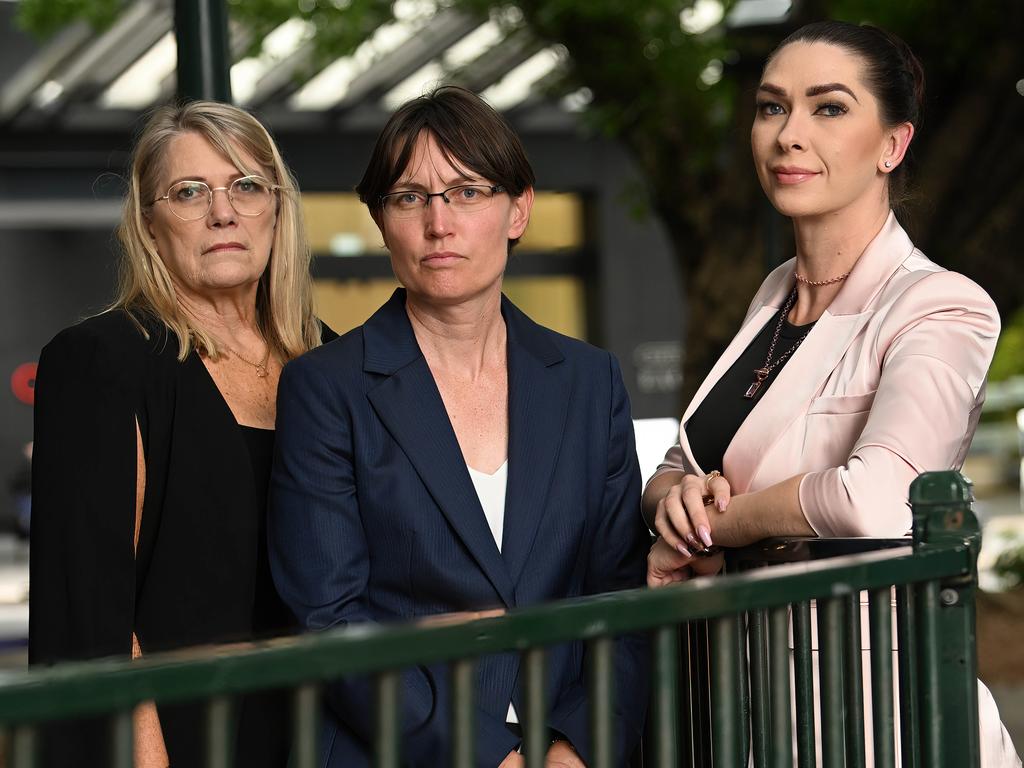


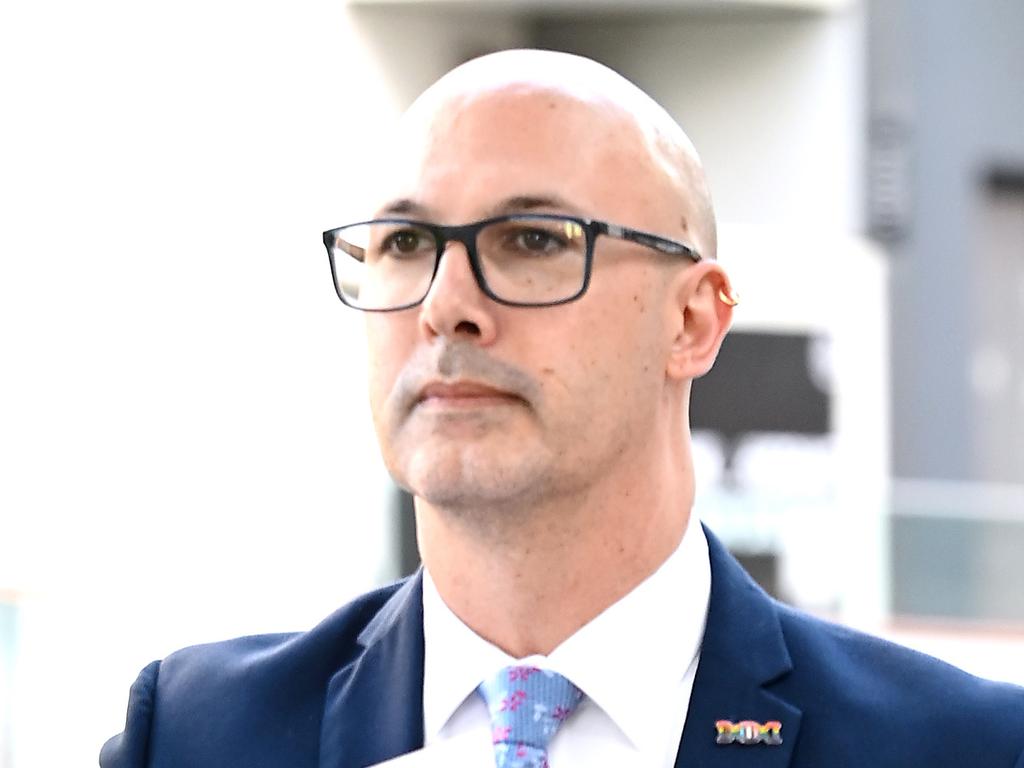
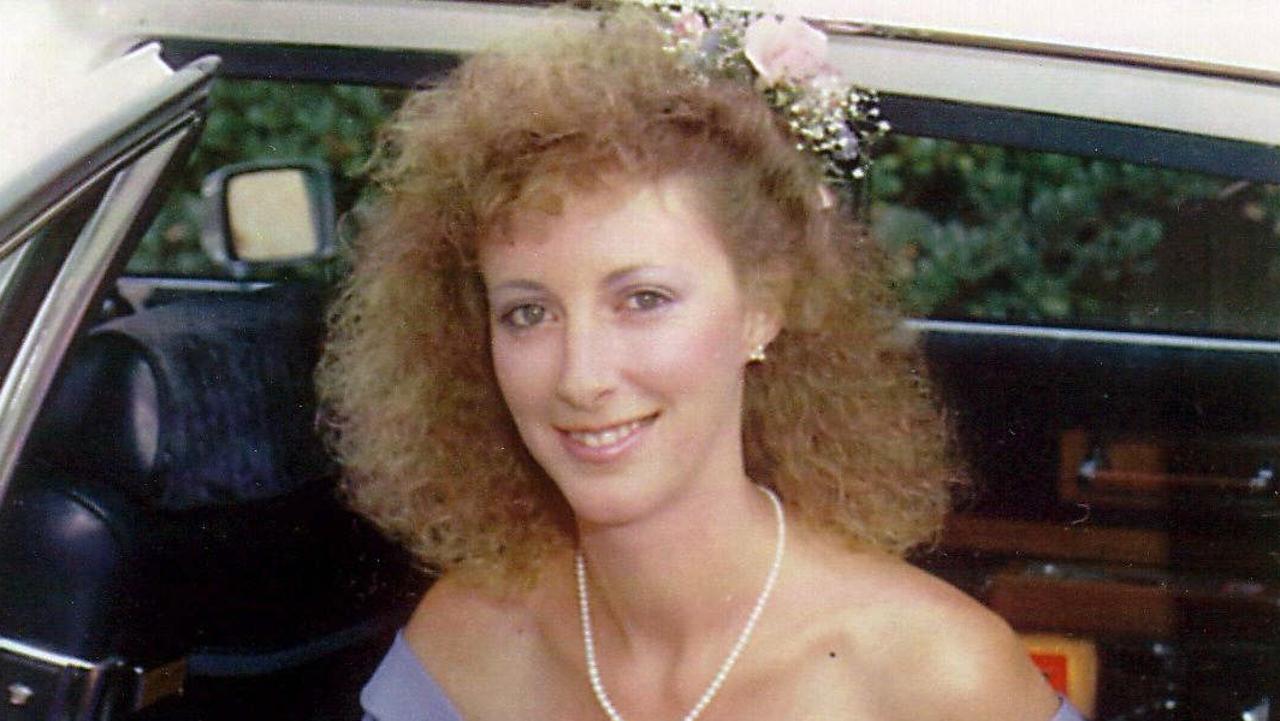
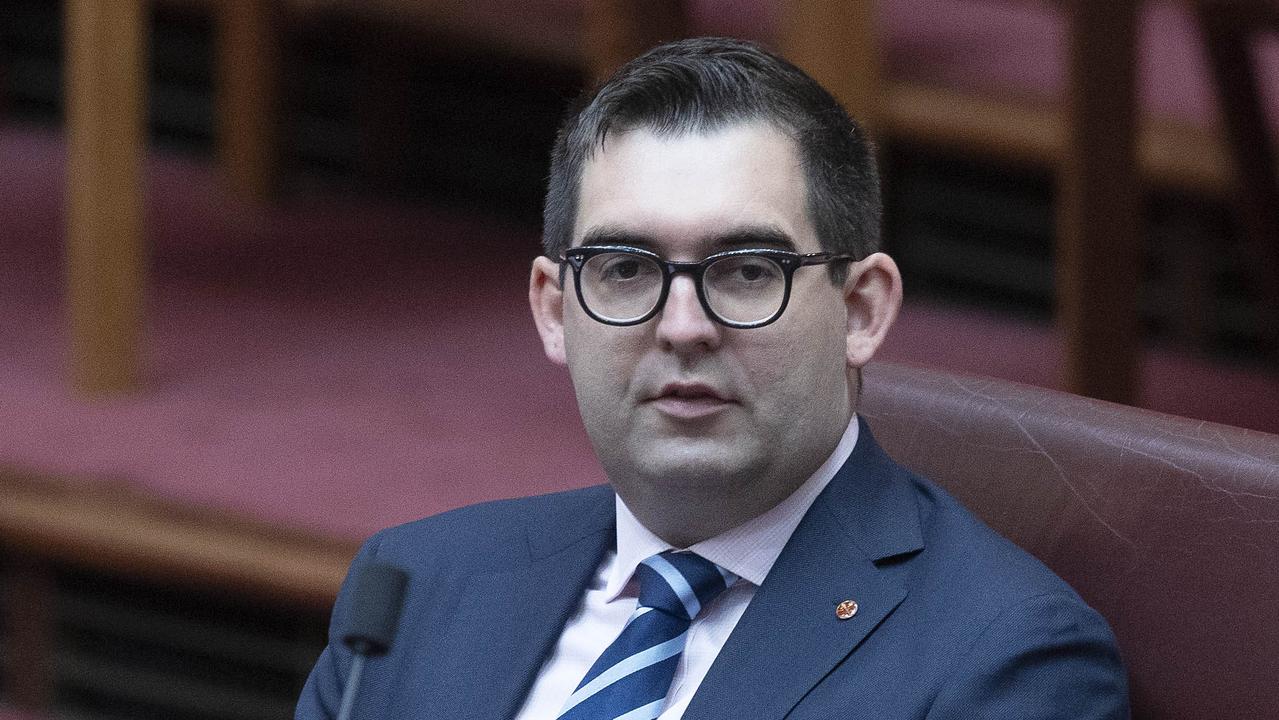
To join the conversation, please log in. Don't have an account? Register
Join the conversation, you are commenting as Logout